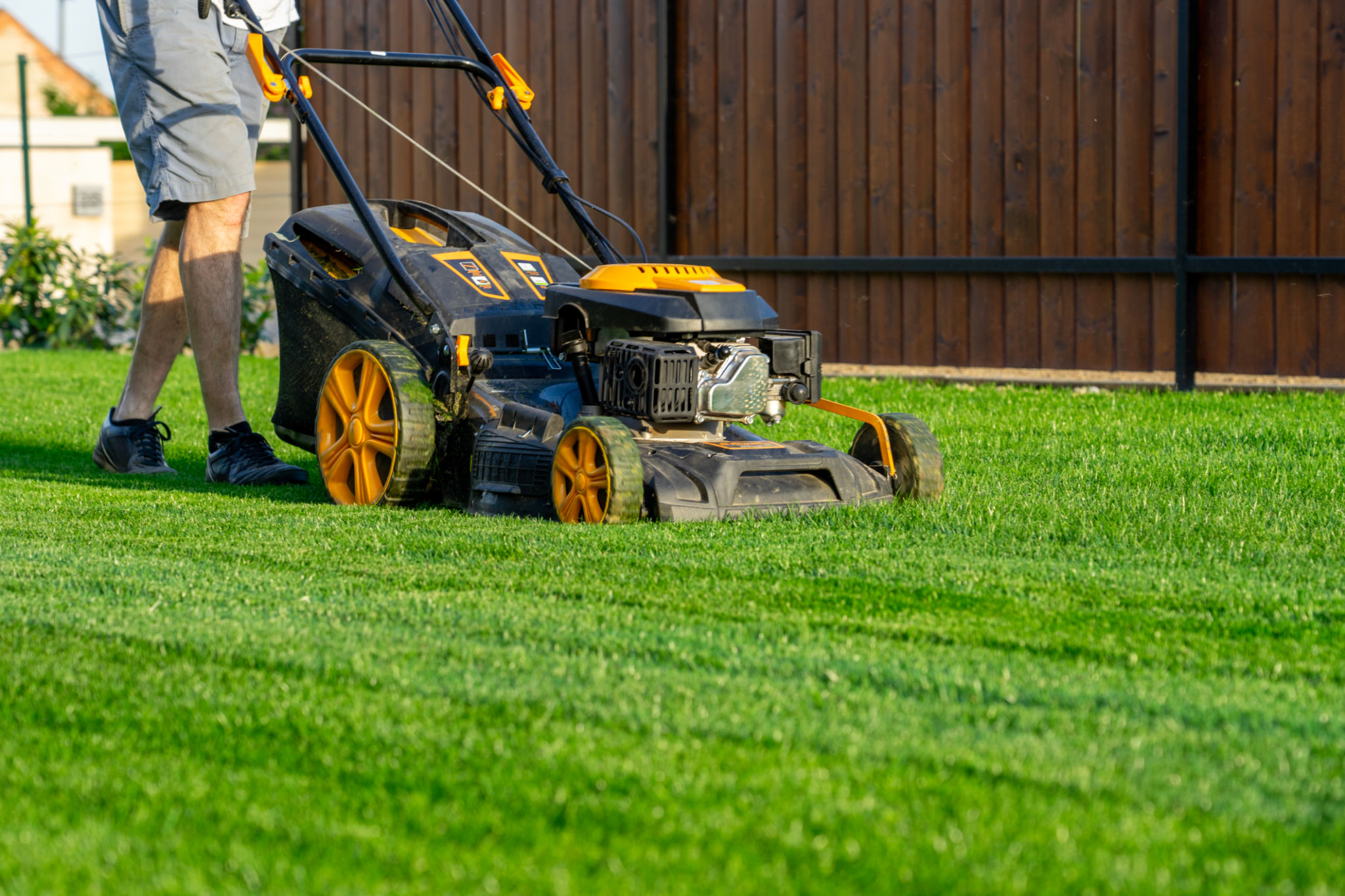How Often Should I Mow My Lawn in Hot Climates? Essential Tips for Kyle Residents
Understanding Grass Growth in Hot Climates
For residents of Kyle, maintaining a lush and healthy lawn can be challenging due to the hot climate. The frequency of mowing is a crucial factor in ensuring that your grass remains vibrant and well-kept. Grass grows differently in hot climates, typically slowing down during the peak of summer heat. Therefore, understanding your lawn's growth patterns will help you determine the best mowing schedule.

How Often Should You Mow?
The general rule of thumb for mowing is to never cut more than one-third of the grass blade at a time. In hot climates, like that of Kyle, this rule becomes even more important. During the active growth seasons in spring and early summer, you may need to mow every week or every 10 days. However, as temperatures rise, the growth rate often slows, and mowing every two weeks may be sufficient.
It's essential to monitor the health and appearance of your lawn, adjusting your mowing frequency as needed. If the grass appears stressed or brown, consider mowing less frequently and raising the mower height.
Choosing the Right Mower Height
In hotter climates, keeping your grass slightly longer can help protect it from scorching. Taller grass blades provide shade for the soil, reducing water evaporation and helping to keep roots cool. Set your mower to a higher setting, generally between 2.5 to 3 inches, to promote healthier growth and improve drought resistance.

Watering and Mowing: A Balanced Approach
Watering plays a critical role in lawn care, especially in hot climates. When combined with proper mowing techniques, it can significantly enhance the health of your lawn. Water deeply but infrequently, ideally early in the morning. This allows moisture to reach the roots while minimizing evaporation.
After watering, wait until the grass is dry before mowing to prevent clumping and ensure an even cut. Regularly sharpen your mower blades to ensure that they slice through the grass cleanly rather than tearing it.
Additional Lawn Care Tips
- Mulch Instead of Bagging: Leave grass clippings on the lawn to return valuable nutrients to the soil.
- Aerate the Soil: Aerating annually helps improve water penetration and root growth.
- Fertilize Wisely: Apply a slow-release fertilizer in spring to provide consistent nutrients throughout the growing season.

Signs You Are Mowing Too Often
If you notice signs such as thinning grass, browning patches, or increased weed growth, you may be mowing too frequently. Over-mowing can stress your lawn, making it more susceptible to damage from heat and drought conditions. Always keep an eye on your lawn's health and adjust your practices accordingly.
By understanding these key aspects of lawn care in hot climates, Kyle residents can maintain beautiful, thriving lawns even during the hottest months of the year. Remember, a well-maintained lawn not only enhances your home's curb appeal but also provides a comfortable outdoor space for relaxation and enjoyment.